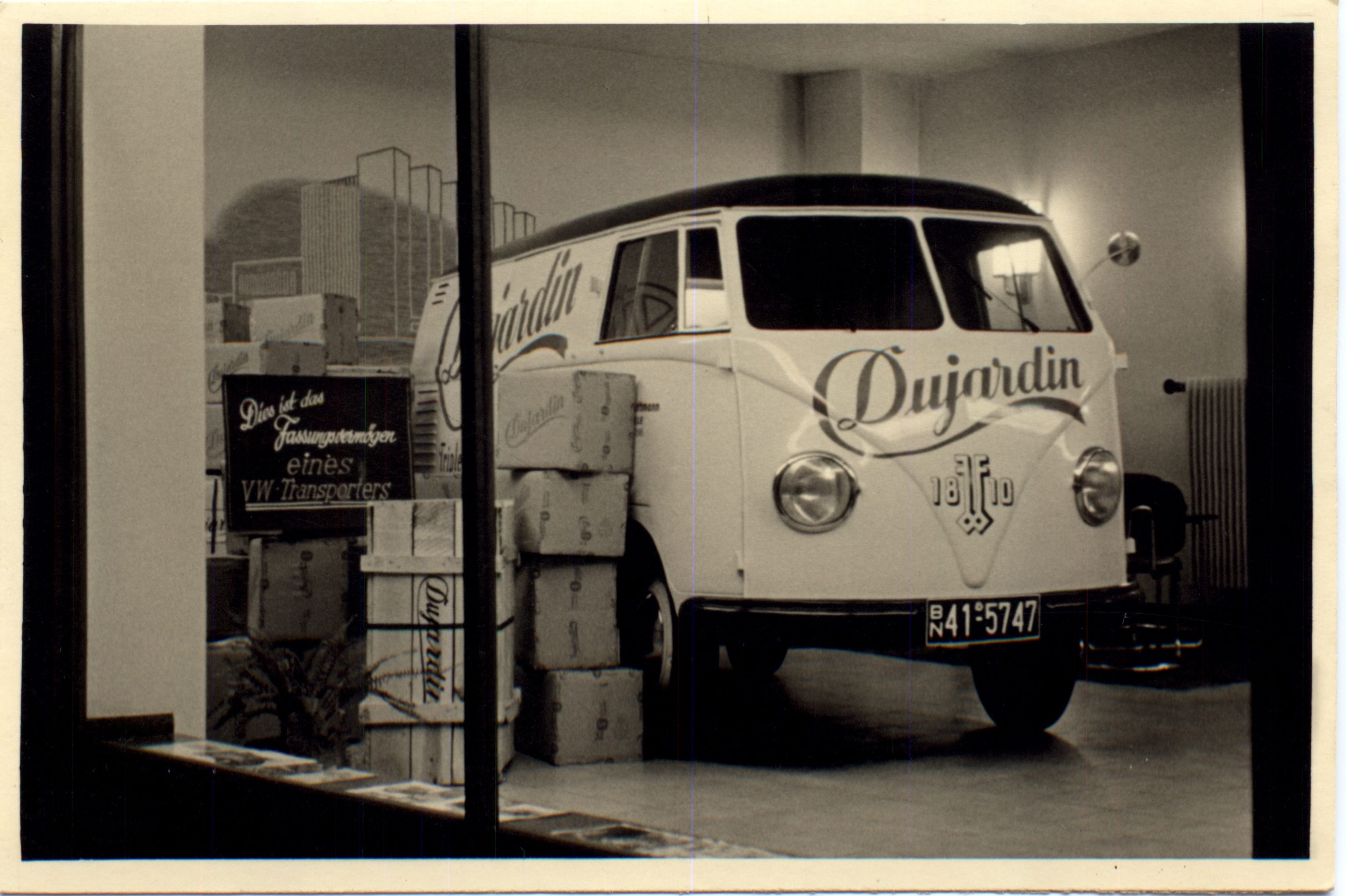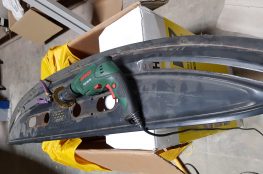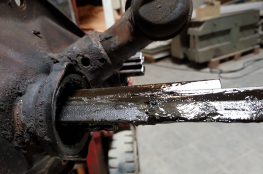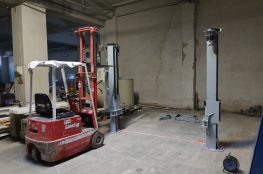Until TÜV do us apart – Bis das der TÜV und scheidet
street legal – Strassenzulassung
To be able to drive my car on European streets, it must pass several technical tests and inspections, generally done by TÜV, a huge German institute that checks German cars every other year for rust and other issues, and also needs to sanction any modification to a vehicle.
And while this seems like quite a hassle, in return 98% of all cars on German roads are in great condition. Mechanics can cheat less, and freeway speed is only limited by the car in front of you (and by the lead acid batteries).
All in all, if I manage to pass all tests, my car is road legal, with the additional benefit of full insurance coverage in case of an accident. So no reason to fret, but instead to get to work 😉
Nur so viel zum TÜV: ich bin froh dass es den gibt. Ich habe in Kalifornien so viele Schrottkarren auf den Autobahnen gesehen, dass mir jetzt noch Angst und Bange wird. Also vergessen wir mal all die Halbwahrheiten über böse Prüfer und sinnlose EU-Richtlinien, und fragen uns mal einfach durch, und finden dann die Lösung.
Auf geht’s!
To Do – Arbeitsliste
This is what my engineer wants to see:
- electrical interference test – not sure who will be able to do this
- traction battery cooling, or proof that it is not needed in case of Lead Acid, venting, contactor
- drive lock when charging
- charge condition display (“gas” gauge)
- various motor protection functions (RPM too high, short circuit, gas and break at the same time)
- double insulation of traction wires
- speed controller in insolated box
- passenger compartment heating (at least defrosting for the windshield)
- rust on body panels, all other regular testing applies
Servo steering and power assisted breaks issues do not apply.
Das möchte mein Prüfer gerne sehen:
- Funkentstörprüfung – nicht zu verwechseln mit der EMV. Diese Prüfung sollte der VDE machen können? Lingo: “Nachweis über die Einhaltung des Listenverfahrens gemäss Abschnitt 4.5 der VDE-Bestimmungen durch einen aaS nach Para 21”
- Kühlung der Fahrbatterien (oder Nachweiss, dass dies bei Blei-Säure nicht nötig ist), Entlüftung, Schaltschütz
- Losfahrschutz während des Ladevorgangs
- Ladezustandsanzeige (“Tank”anzeige)
- Motorschutz (Überdrehzahl, Kurzschluss, Gas und Bremse gleichzeitig)
- doppelte Isolierung der Fahrleitungen
- Motorsteuerung in Gehäuse mit geeigneter Schutzklasse
- Innenraumheizung (zumindest eine Frontscheibenheizung)
- Rostige Bleche tauschen, und natürlich muss auch noch der “normale” TÜV bestanden werden, also Radbremszylinder hinten rechts tauschen, Warndreieick, Wetse, Erste Hilfe Kaste usw. usw. .
Servolenkung und Bremskraftverstärker, die mit Öldruck oder Unterdruck arbeiten gab es damals für diesen Wagen noch nicht.




